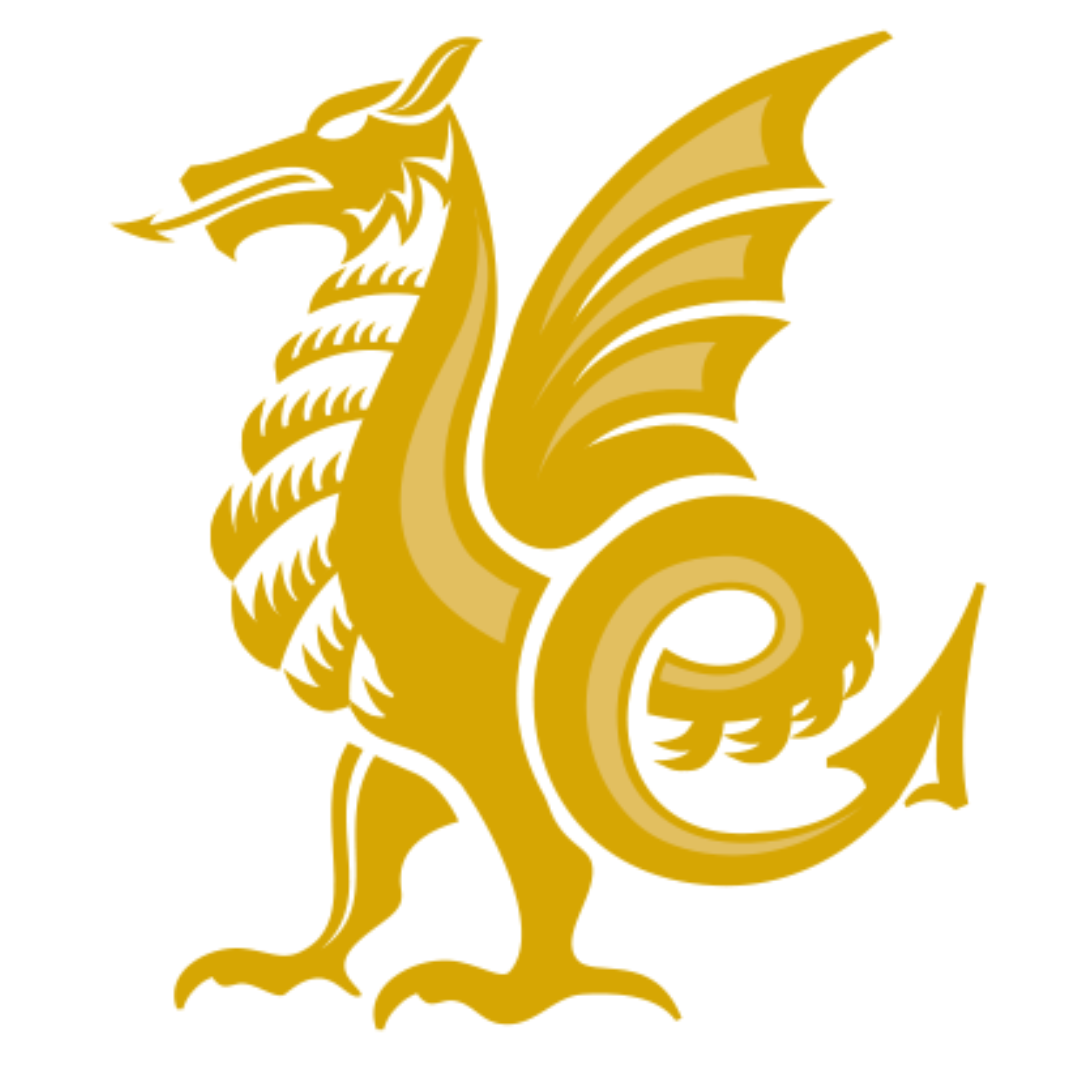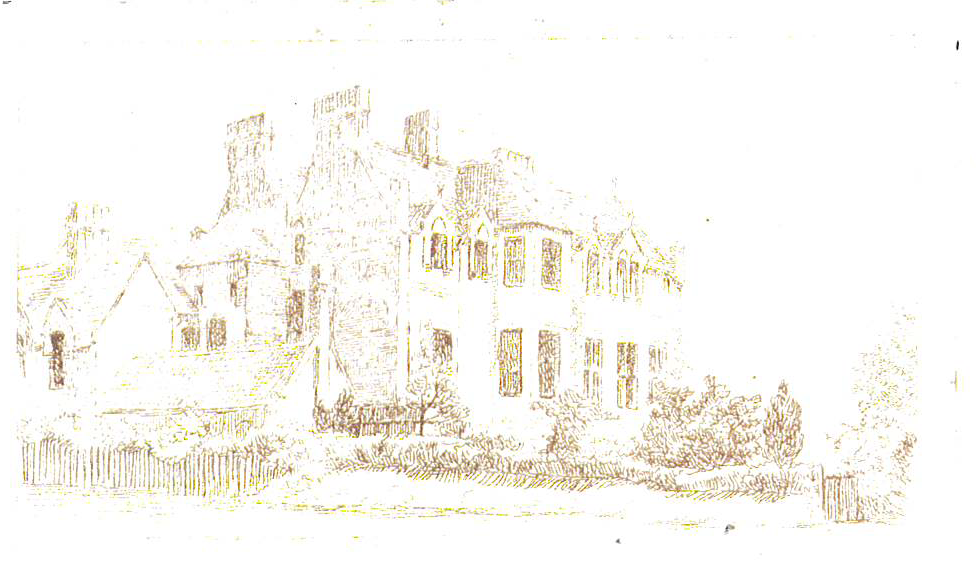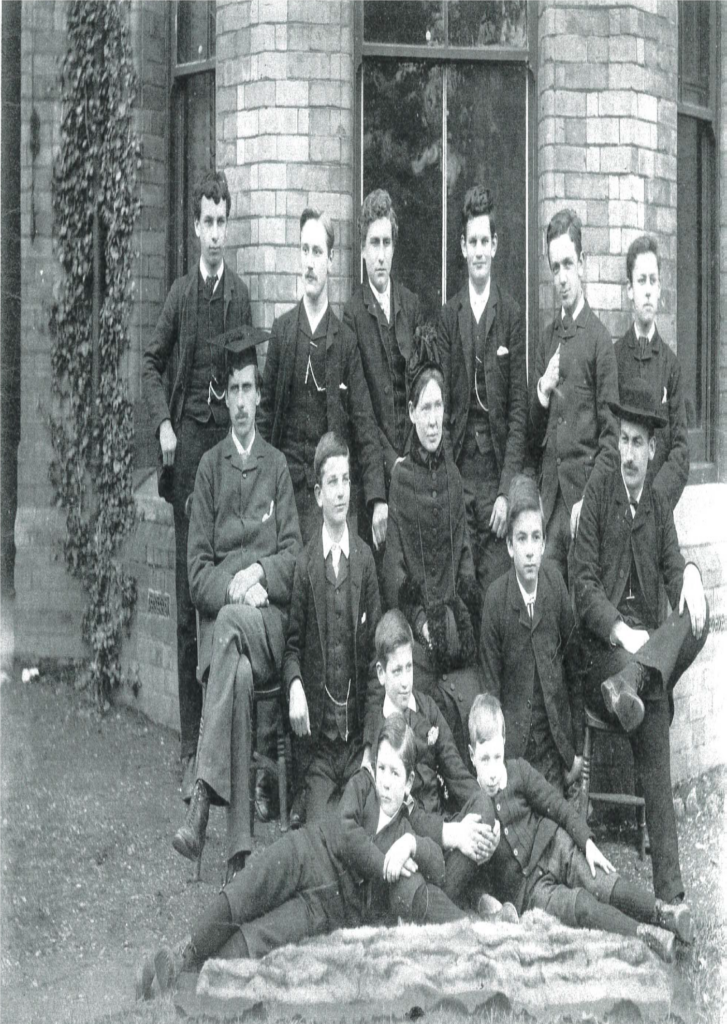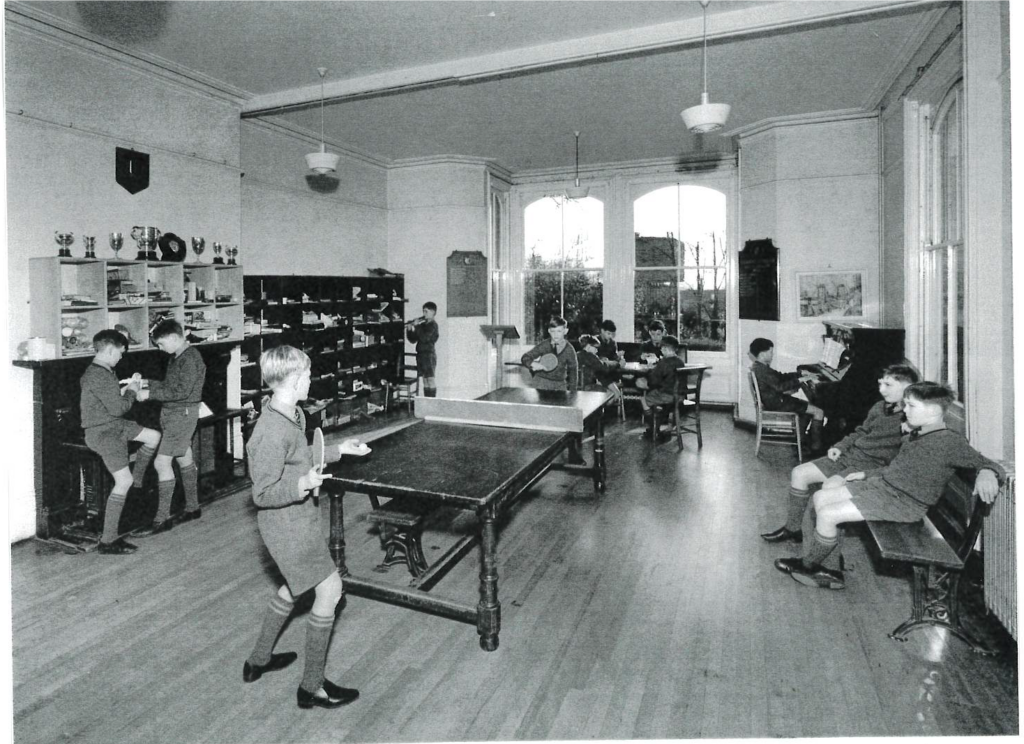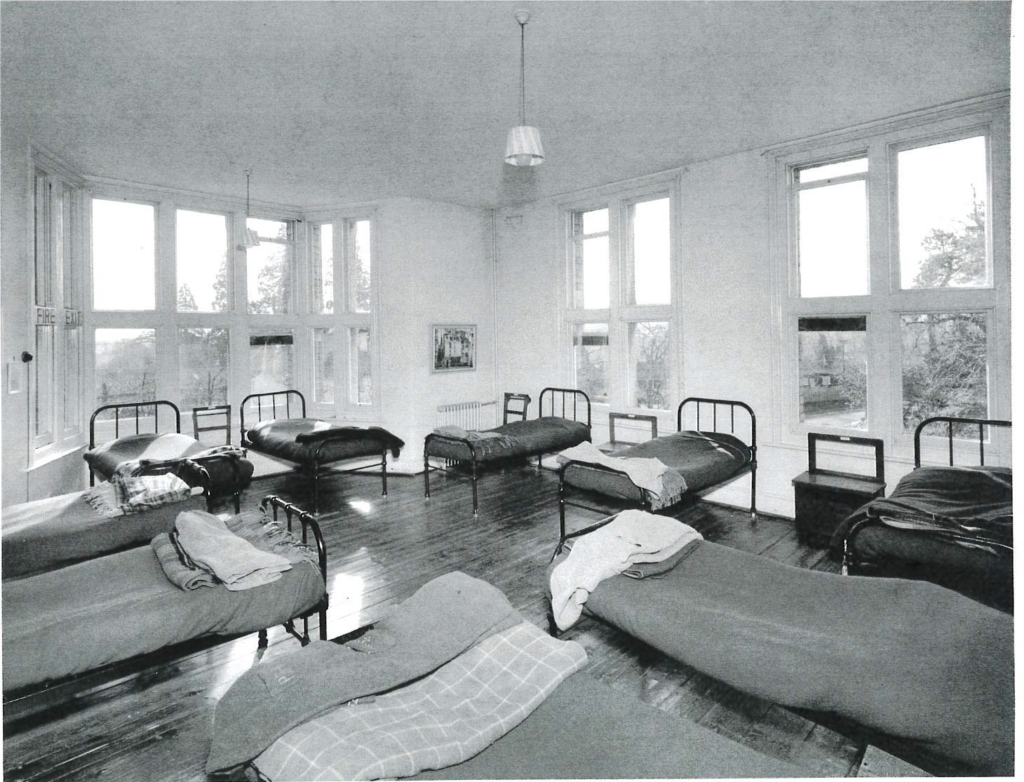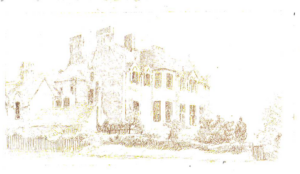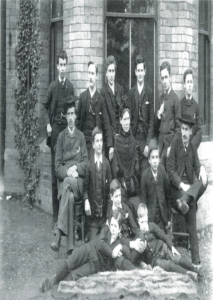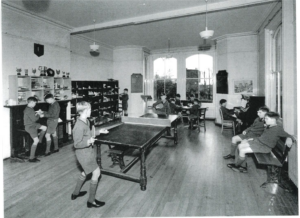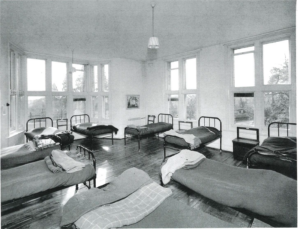The Upper was purchased at some point in the 1870s. As the drawing shows, a substantial building, known as Cotlake House ever since, was constructed in one corner by 1880. These days, it is the core of the Prep School but this has only been so since 1927. Initially, it housed senior boarders, at first under the resident master, G.M. Savery, 1880-84, and then the Headmaster, Mr Findlay, 1885-88. At that point it was let as a private residence until 1919 when the school once again used it as a boarding house for senior boys, the housemaster being G.F. Sheerman, until it became the Junior (now Prep) School.
Before 1927, those boarding in Cotlake House were few, the number dependent on the intake of boarders in any one year. Only if it was not possible to fit all senior boarders into the main building was Cotlake used. The photo taken in 1888 shows there were only 11 boys in the house at that time. When the house became home to the Junior School in 1927 there were 19 boarders from age 8, the youngest paying 28 guineas and the eldest were charged 32 guineas per term. During WWII the number rose to 37 and in the post war years demand for places rose. There were 70 Junior boys in 1946 with 50 in Cotlake House and the others in Summerleigh on Wild Oak Lane which had been purchased that year by the school. Twenty years later, in 1965, when Arthur Birchall became Headmaster of the Junior School the roll stood at 79 and reached a peak of 161 before falling to 154 when he retired in 1986. The rise in numbers was partly due to the intake of girls in 1977. The first cohort comprised 10 girls that September with six more joining the school during the year – all as daygirls. The number fell sharply in 1999 when Year 7 became part of the Senior School. Before that date pupils were placed in Forms I, II, LIII and UIII with two or three sets within the III Forms.
Cotlake House has always provided accommodation for staff and the pupils and recreation areas for the latter. Given the size of the building and the limited numbers living in it, the house would have been very comfortable for those there. From 1927, it has also comprised a dayroom, a dining room, classrooms, changing rooms and a reception room for visitors. The dormitories were basic in terms of the furniture and fittings with no carpets or curtains until the arrival of Peter Lee-Smith as Headmaster in 1986. OQs who boarded there in the 1950s recall the lack of hot water and obligatory cold showers.
Indeed, strict discipline features strongly in the recollections of pupils for the first 40 years of the Junior School. Corporal punishment was applied for minor transgressions such as talking after ‘lights out’ and fatigues were often onerous. Punctuality and adherence to school rules was expected at all times. Emphasis was placed on personal hygiene with, for example, bath rotas, and good manners including the expectation that not a morsel of food was left on the plate at mealtimes. The daily routine was inflexible and no excuse was accepted from those who did not conform. For example, each Sunday pupils attended the service at the Temple in town and in the afternoon wrote letters to their family. However, with the introduction of girls, staff attitudes and their approach to discipline modulated and Peter Lee-Smith banned corporal punishment.
More positively, pupils were offered opportunities to develop their interests and to experience different activities. Emphasis was placed on drama and there was always at least one school production a year. Those interested in music had the chance to be part of the orchestra, choir, jazz concerts and recorder groups. There were clubs for brass rubbing, chess, stamp collecting, board games, ornithology, needlework, judo and many other activities. Cubs and scouts and camping expeditions were popular. Those with an interest in farming and gardening were encouraged to be involved with the animals on site. Pupils were encouraged to help others with charity works and to learn about the world around them with outings to local landmarks such as Cadbury Castle in 1964, and further afield to places such as the Albert Hall. Speakers were invited to give talks to the pupils who were, themselves, encouraged to take part in public speaking competitions.
Sport has always had a high priority in Junior School. Apart from cricket which could be played on the Upper until the area was rearranged from the 1990s, all games have been played on the Lower and Furthermore as well as the indoors facilities in the senior school such as the swimming pool and the original gym, and from 1971, the Sports Hall. Matches against other local schools have always been a feature of the school calendar and keenly contested. In addition, internal House competitions generate enthusiasm. Initially, there were two houses, Quantocks and Brendons, but with increasing numbers by 1959 Mendips had been created and in Sept. 1966, Blackdowns. To enhance the sports facilities for Juniors, changing rooms were added to the side of Cotlake House in the early 1980s.
Click on the image to expand:



